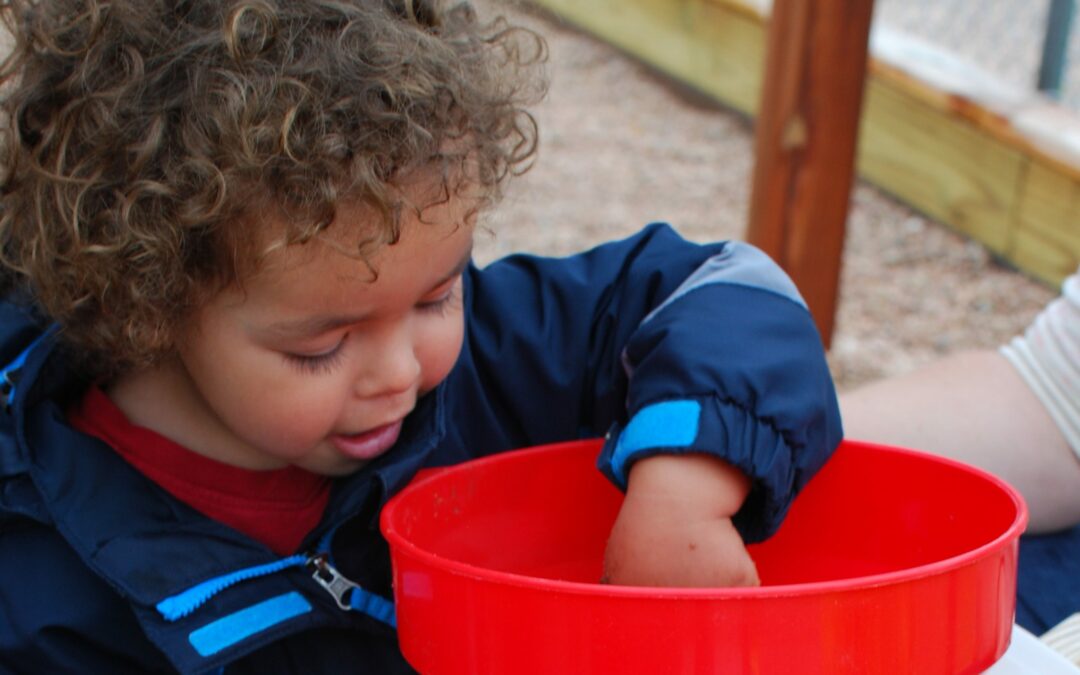Who will grow up to be the leaders and innovators in 20 years? Will it be the children who graduate with the highest test scores? The ones who can perform a requested task just as they were instructed? Or will it be the child empowered to inquire and problem solve?
Innovative leaders rarely follow a predefined path because the answers they are searching for have not been predetermined. The answers must be discovered through tenacity, perseverance, and critical thinking. Therefore, to create innovative leaders, we must instill leadership skills and provide opportunities for children to initiate learning.
 Shifting from a style of teaching that offers only predefined answers to a style that allows children to make their own choices and apply their own reasoning is essential. If we always ask “is the answer a, b, or c?” children will never get the opportunity to reason through myriad other potential answers. What if the best answer is one we haven’t considered but the child has? Or, conversely, if a is the best answer, wouldn’t an understanding of that be reinforced through testing options b, c, d, e, f etc. until a was discovered authentically? Then, not only would a child truly understand why a is best, they’d also understand why the other answers failed. If a child answers the question why with “that’s what my teacher told me” then we are failing in our efforts to foster critical thinking skills, essential to create future leaders and innovators.
Shifting from a style of teaching that offers only predefined answers to a style that allows children to make their own choices and apply their own reasoning is essential. If we always ask “is the answer a, b, or c?” children will never get the opportunity to reason through myriad other potential answers. What if the best answer is one we haven’t considered but the child has? Or, conversely, if a is the best answer, wouldn’t an understanding of that be reinforced through testing options b, c, d, e, f etc. until a was discovered authentically? Then, not only would a child truly understand why a is best, they’d also understand why the other answers failed. If a child answers the question why with “that’s what my teacher told me” then we are failing in our efforts to foster critical thinking skills, essential to create future leaders and innovators.
So, how do we enable a child to lead their own learning? We find a balance between direct instruction and child-initiated learning. We speak less and observe more. We embrace flexibility in our daily routines to afford time for figuring, tinkering, and discovering. We incorporate a reflective and responsive practice.
We need to ask ourselves: are we creating a generation of children that simply know how to answer questions, or who know how to think?


